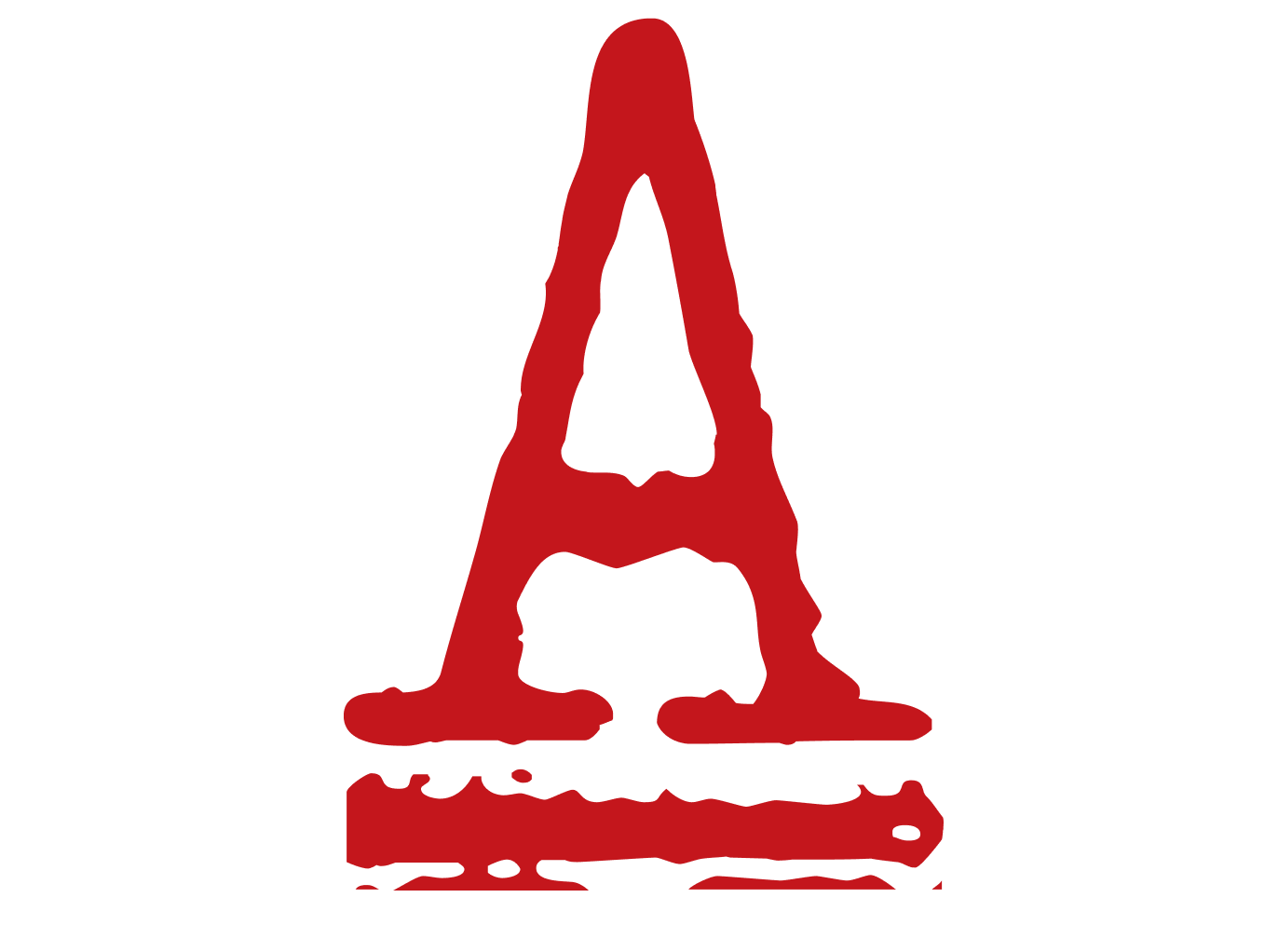As black people waging a battle for our very lives, we must remember that our freedom is tied to the fall of fascism, and that many antifa protestors are working alongside our movements as allies.
Essence, June 20, 2020
In the immediate days following 45’s – I refuse to type his name – election to the presidency, many of us flooded the streets protesting the election outcome. Beyond the glaring difference between the popular and electoral vote counts, that election, and the subsequent president-elect, felt eerily different. While on the campaign trail, 45 used dog whistle politics and, at times, explicitly racist and sexist rhetoric, to rile up and aim the fury of his predominantly white base squarely at those on the margins—Black people, immigrants, Muslims, the disabled and women—so it was no surprise to me that the streets would be full of diverse groups of people. Yet, out among the people, I found myself marching in stride with someone seemingly unfamiliar. Donning all black, including a black face covering and hood, Doc Martens combat boots, and silver chains hanging near their thigh, I grew increasingly unsettled and fearful of the person next to me that was also shouting, “Fuck Trump!” This person and others with them that had a similar aesthetic were not afraid to physically confront alt-right counter protesters (or law enforcement) with force, putting their bodies in between those protesting for social change and progress and those upholding the status quo.
As I attended even more protests, I saw and encountered more of them – “Antifa” – vilified by mainstream media and politicians and lauded by a multiracial contingent of anti-capitalist organizers. And, now that we are on the precipice of the second-wave of the Movement for Black Lives, which has drawn more of these mysterious characters out, it seriously begs the question – who or what in the world is an “Antifa”?
Antifa, short-hand for “anti-fascist,” long predates the election of 45. In American schools, we learn that the first organized anti-fascist movement emerged in response to the spread of fascism in Europe after World War I in the 1920s, particularly the rise of Italian dictator Benito Mussolini and the emergence of the Third Reich under Adolf Hitler’s reign of terror. Fascism can best be characterized as far-right authoritarianism with a splash of extreme nationalism to the detriment or exclusion of others. Fascist leaders act as dictators, squashing democracy and any dissent – whether that be from the country’s citizens, opposing political leaders inside or outside the country, or the press – usually with violence or rhetoric that promotes or facilitates violence. Another key feature of fascism is genocide and ethnic cleansing. Historically, fascist regimes have enacted policies and programs that have called for the extermination of those that do not fit a particular mold of whiteness (i.e. notions of an Aryan or “master” race). Fascism thrives on violence and is often aided by a paramilitary force, like Italy’s Blackshirts and Nazi Germany’s Gestapo. These forces do the bidding of their fascist leaders, whether it be dragging millions into concentration camps or disproportionately incarcerating immigrants.


